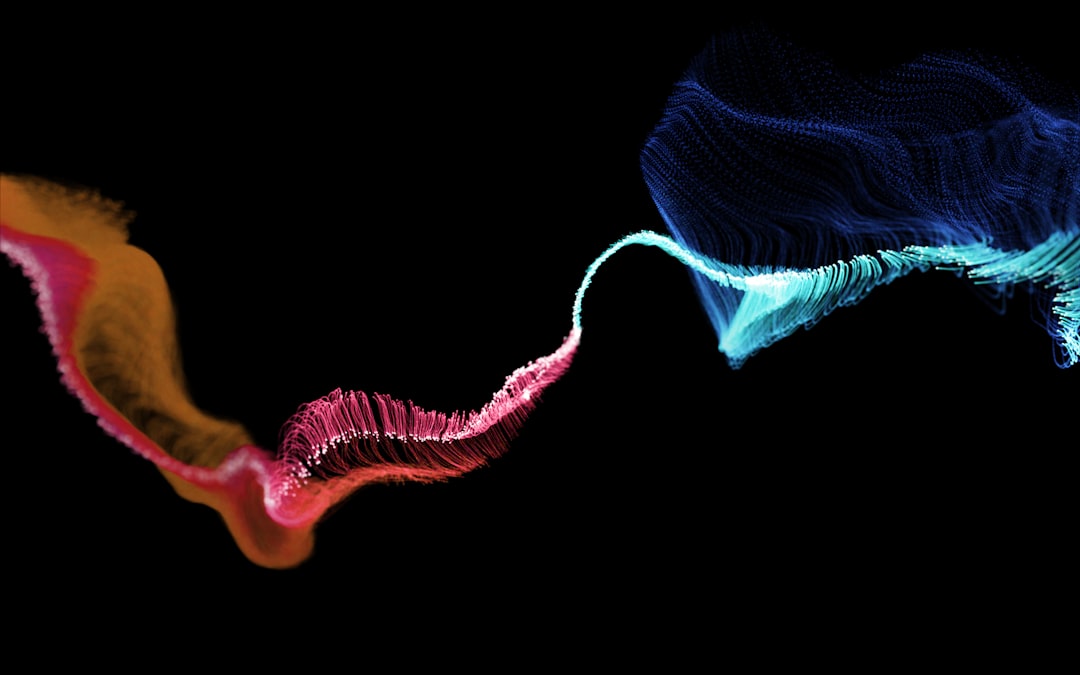What is it about?
To curb COVID-19's spread, scientists have advised wearing face masks. Many businesses and governments also made masks compulsory while in public. Recently, people have started to use plastic face shields or respirators with breathing valves as well. However, it is unclear if these are as effective as regular cloth or surgical masks. To address this gap, this study's authors checked if the new masks could keep out infectious droplets and perform better than regular masks. Apparently, the face shield and the mask with valves could keep large droplets that we breathe out from escaping the covering. The smaller droplets, however, kept flowing on the surface and increased chances of contamination. With the valve, a good amount of air passed unfiltered. This allowed droplets to escape faster than with a regular N95 mask.
Featured Image

Photo by JESHOOTS.COM on Unsplash
Why is it important?
Several factors come into play while trying to explain why people avoid surgical and cloth masks. To begin with, the shield is more comfortable to wear. It does not restrict breathing or cause fogging. Second, it is easier to communicate while wearing the shield. This is because we can see the person's face behind the shield. Clearly, these options are comfortable. Despite the improved comfort, these options violate the Center for Disease Control (CDC) guidelines. Ac-cording to the CDC, these should not be used alone. Another concern is that two similar looking surgical masks can have different filtering efficiencies. This depends on their fabric and quality. KEY TAKEAWAY: Studies show that wearing high quality cloth or surgical masks can protect against COVID-19. Face shields or valve masks may not be as effective at keeping infectious droplets out of the mouth or nose. This can increase the risk of infection.
Read the Original
This page is a summary of: Visualizing droplet dispersal for face shields and masks with exhalation valves, Physics of Fluids, September 2020, American Institute of Physics,
DOI: 10.1063/5.0022968.
You can read the full text:
Resources
Are cloth masks effective at reducing the spread of COVID-19 ?
To what extend face masks protect us against COVID-19 depends on material as well as design. Well fitted, thick layered cloth masks, and commercial cone-shaped masks are suitable at preventing the risk of airborne COVID-19 infection.
Recharging N95 masks to make them reusable
This study suggests a simple method to extend the shelf life of N95 masks. The technique proposed can be used in other air filtration settings as well, including ventilation, air conditioning, and industrial filtration.
How effective are our face masks against the COVID-19-causing coronavirus?
Wearing the right mask decreases the chances of COVID-19 infection quite a lot. Masks with 65% FE are the best to keep the nose and lungs protected from the virus.
Air flow through N95 masks with and without exhalation valves
Current N95 masks with exhalation valves are not appropriate for use during a pandemic. They may not prevent infected air droplets from traveling outside the mask.
Making the most of our resources: Reuse and disinfection of N95 respirators
N95 respirators can be reused following dry heat sterilization at <100°C with no damage or loss of efficiency.
How do masks and ventilation affect the distribution of aerosols in indoor environments?
In an indoor setting with low ventilation rates, exhaled aerosols can be found even at a distance of two meters from their source. The use of highly efficient masks like N95 or K95 masks is recommended to prevent inhalation of these aerosols.
Contributors
The following have contributed to this page










